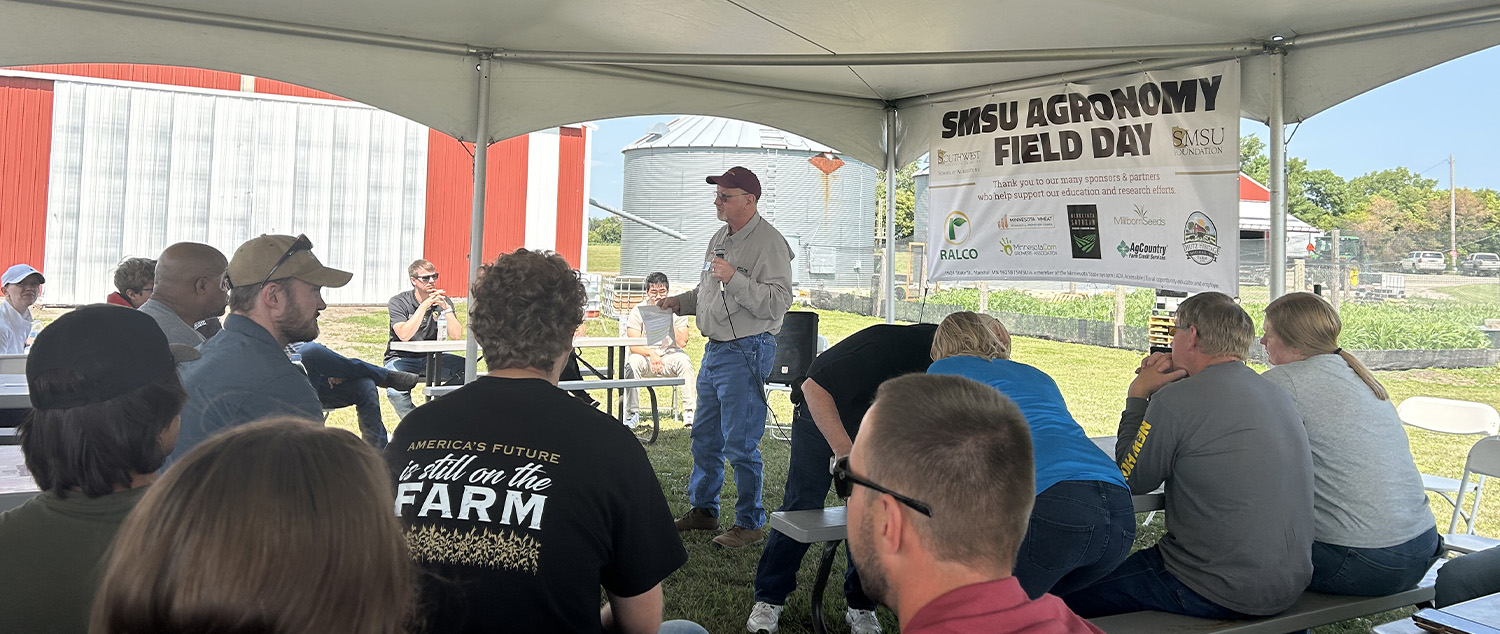
Nothing gives a Minnesota soybean grower heartburn like driving by their soybean field and seeing it peppered with weeds. And when the big bad wolf of weeds – waterhemp – rears its ugly head, blood pressures are bound to rise.…
April 18, 2024
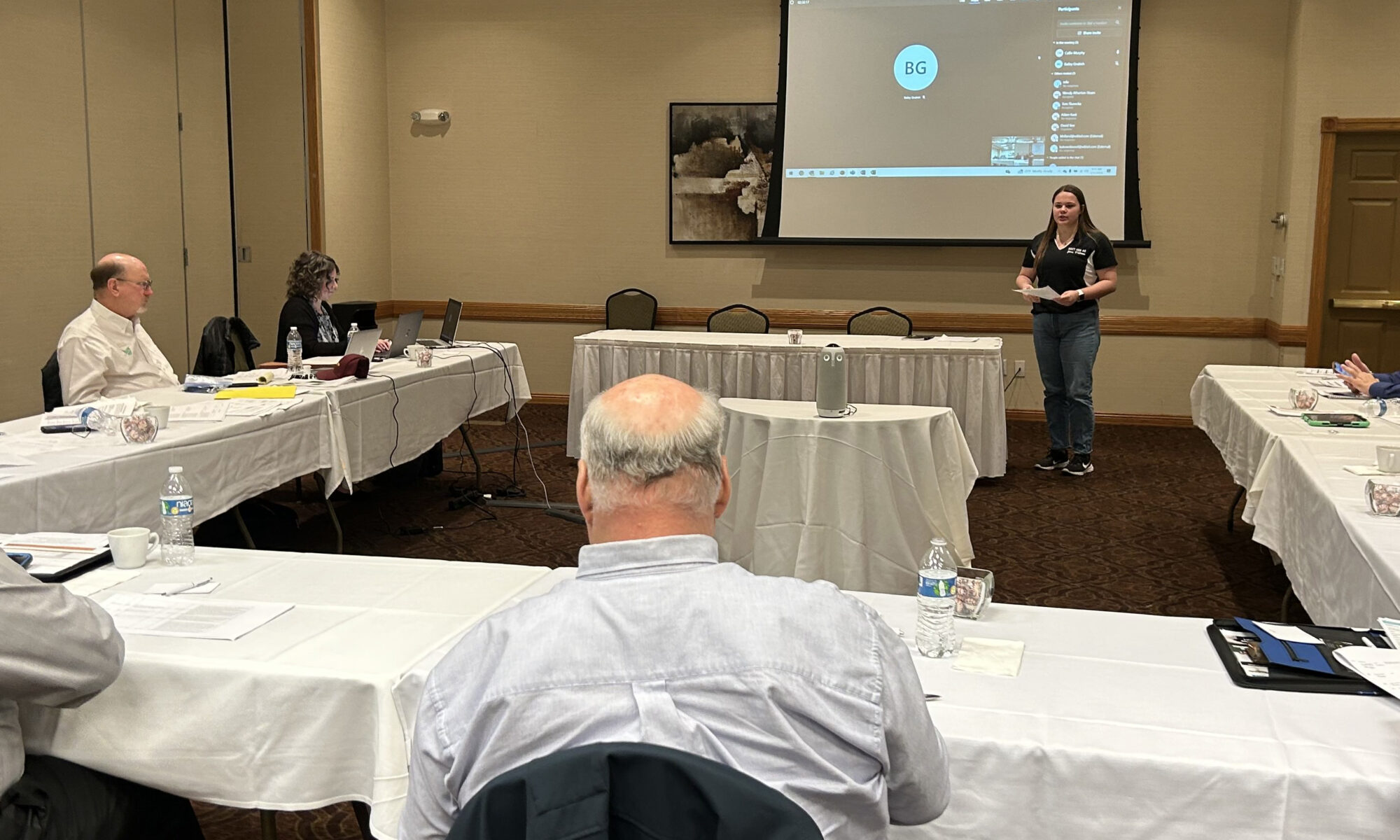
Directors from the Minnesota Soybean Research & Promotion Council (MSR&PC) and Minnesota Soybean Growers Association (MSGA) assembled in Mankato on Feb. 13 to hear and discuss research proposals for fiscal year 2024. After reviewing the research proposals in January, the…
February 15, 2024
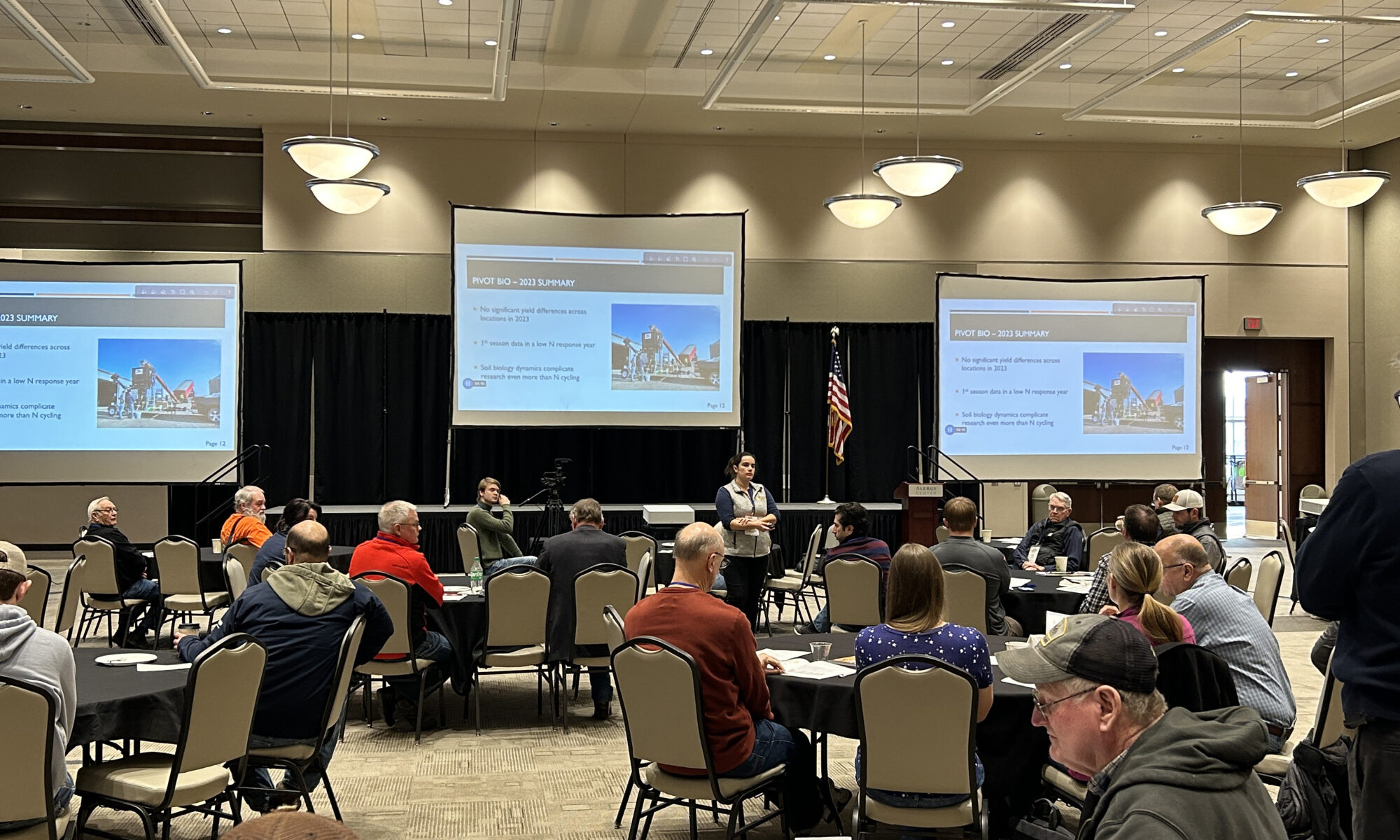
The Minnesota Soybean Research & Promotion Council (MSR&PC) teamed up with the Minnesota Soybean Growers Association (MSGA) to visit with the state’s northern farming community at the annual Prairie Grains Conference Dec. 13-14 in Grand Forks, N.D. Kittson County farmer…
December 14, 2023
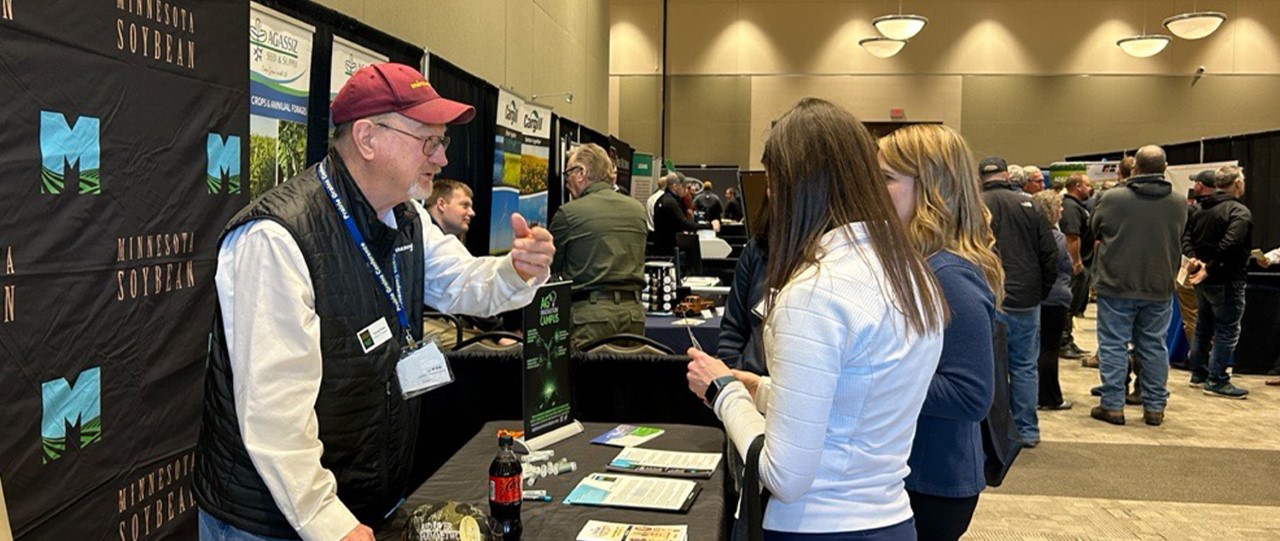
The Minnesota Soybean Research & Promotion Council (MSR&PC) and Minnesota Soybean Growers Association (MSGA) will visit with the state’s northern farmers during their return to the annual Prairie Grains Conference Dec. 13-14, in Grand Forks, N.D. During Wednesday’s agenda, MSR&PC…
December 6, 2023
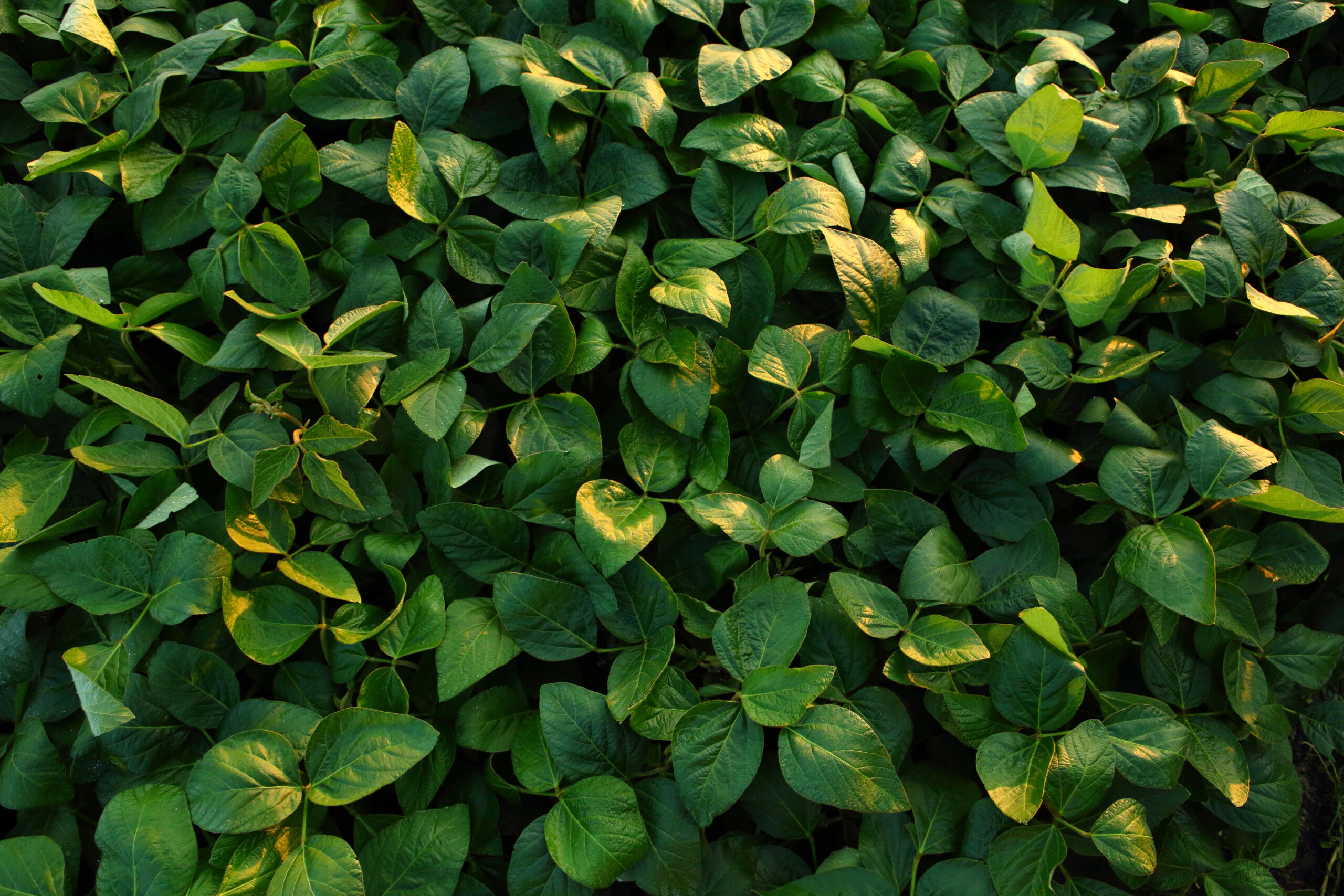
Farmers beware: The Minnesota Pollution Control Agency (MPCA) has commissioned University of Minnesota scientists to conduct a “fishing expedition” to determine if PFOS/PFAS chemicals are being found in crops from sites that have received wastewater sludge within the last three…
September 28, 2023
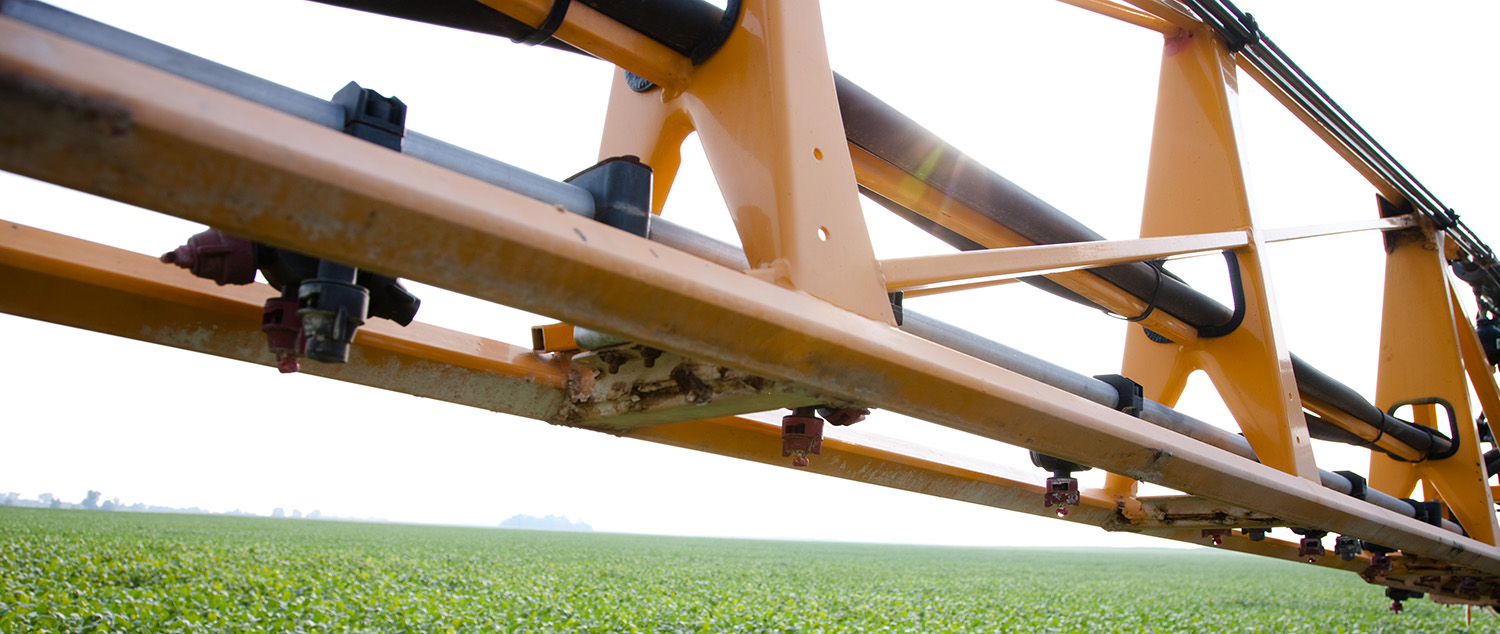
MN soy checkoff continues to reimburse young farmers for private pesticide applicators certification
Once again, the Minnesota Soybean Research & Promotion Council (MSR&PC) is committing Minnesota soybean checkoff resources to reimburse young farmers who complete the Minnesota Private Pesticide Applicator Certification. This year, MSR&PC is extending the age limit to Minnesota farmers between…
September 28, 2023
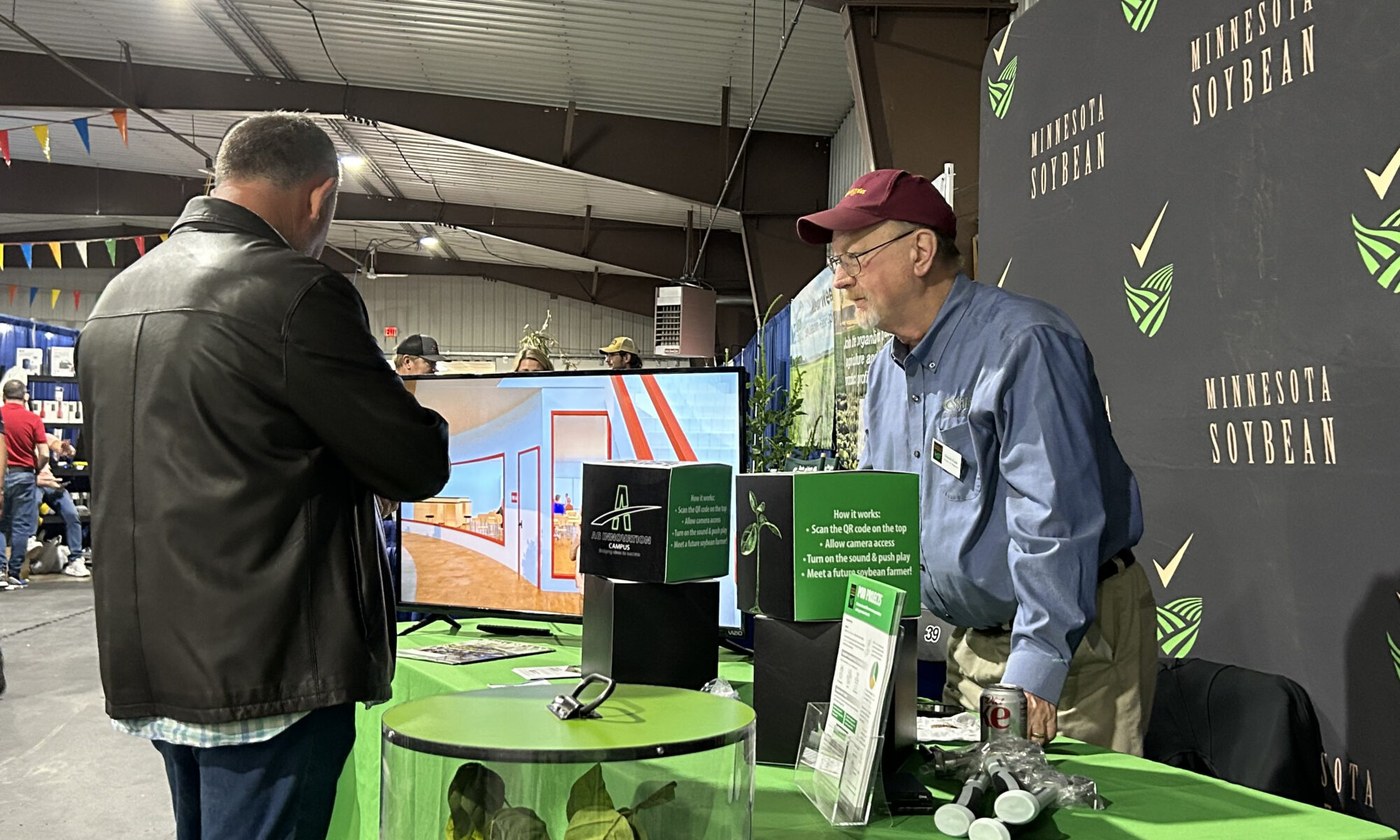
The Minnesota Soybean Research & Promotion Council’s (MSR&PC) two augmented reality farmers, Paul and Sandy, made their northern debut at Big Iron in Fargo, N.D. Paul and Sandy shared ways the “miracle bean” brings added value to soybean farmers around…
September 14, 2023



